This picture is sobering, isn’t it? Hopefully you don’t live near a place with this kind of view 🙁
I was inspired to write this article by an American friend who works in Beijing and recently asked me for advice. His skin is suffering from the pollution there, and he needs a skin care routine.
Having lived in Beijing too, I know exactly what he’s experiencing. When I lived there 6 years ago, my skin was lackluster and dry, even though I was taking good care of it with my usual arsenal of products.
The pollution in China is even worse now. I don’t want to think about the effect it would have on my skin today, not to mention my health overall.
What does pollution do to skin? Nothing good. Let’s have a look.
What’s In Polluted Air?
Pollution is everywhere – both outdoors and indoors.
Pollutants can be chemicals, solid particles, or biological matter introduced into the air.
Ozone gas is a major pollutant. There are also pollution particles floating in the air called particulate matter. They can be very small (2-10 microns), which is 20 times smaller than a pore.
Major OUTDOOR Pollutants
- Fuel Exhaust / Smog (from vehicle and factory emissions)
- Cigarette Smoke
- Ozone (at ground level)
- Sulfur Oxides (from fuel combustion and volcanoes, produces acid rain)
- Nitrous Oxides (from thunderstorms, produces acid rain)
- Carbon Monoxide (from forest fires and fuel combustion)
- Methane, Benzene, Toluene, Xylene, 1,3-Butadiene (from digestion and animal decay)
- Solid particles from fuel combustion, volcanoes, dust storms, and more
- Toxic metals (e.g. lead, mercury)
- Ammonia (from farming)
- Aerosols (from the use of fossil fuels)
- Chlorofluorocarbons
- Dioxins, Furans
- Nuclear radiation
Major INDOOR Pollutants
- Secondhand Smoke
- Asbestos
- Radon
- Certain chemicals from Carpet & Plywood (e.g. formaldehyde)
- Certain chemicals from Paints & Solvents (e.g. benzene, toluene)
- Certain chemicals from Dry Cleaned Clothes (e.g. tetrachloroethylene)
- Soot from Fireplaces & Wood Stoves
- Lead dust from old paint
- Carbon Monoxide
- Methane (from human digestion)
- Pesticides
- Chemical Sprays
- Air Fresheners
- Pet Dander
- Dust Mites
- Mold
- Pollen
Effects of Pollution on Skin
As you can imagine, if it’s bad for the lungs, pollution on skin must be bad too. In addition to breathing in polluted air, pollution can enter the body through the skin (this is known as transdermal absorption).
The pollutants not only affect skin cells and important components in the layers of skin, but they eventually make their way into the bloodstream.
So what does pollution do to skin exactly?
#1. FREE RADICALS -> PREMATURE AGING
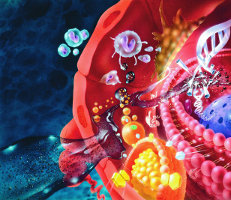 Number one, it generates free radicals, which in turn depletes vitamins in the skin. Those vitamins, such as Vitamin C and Vitamin E, are antioxidants that neutralize free radicals.
Number one, it generates free radicals, which in turn depletes vitamins in the skin. Those vitamins, such as Vitamin C and Vitamin E, are antioxidants that neutralize free radicals.
If they’re depleted because they have to scavenge a bunch of free radicals, they can’t be used for important cell activities.
For example:
Vitamin C is essential for collagen synthesis. Collagen is a key protein in skin and other connective tissues, like blood vessels, tendons, ligaments, bones, teeth, and the eyes. Without collagen, skin becomes fragile and prone to lesions (Detailed profile on Vitamin C)
Vitamin E is a key component of the lipids that make up the skin’s barrier function. (Detailed profile on Vitamin E)
And then of course, free radicals AGE SKIN. You know this already. (I hope you do!)
But besides aging skin, a damaged barrier function can lead to other skin issues, such as atopic dermatitis (eczema). Pollution might give you skin rashes.
Pollution also affects the eyes – it can cause redness and dryness in the eyes and inflammatory conditions, like conjunctivitis. My eyes definitely felt the difference in Beijing.
#2. DEHYDRATED SKIN
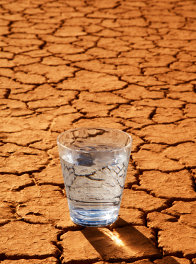 Number two effect of pollution on skin, it dries it out.
Number two effect of pollution on skin, it dries it out.
Dehydrated skin (skin that lacks water) is very common in any urban city. It doesn’t even have to be that polluted. An urban environment where there are many cars and a high people density will have plenty of air pollutants that dry out skin.
What does dehydrated skin look like? A lot like dry skin. But the most obvious sign is faint, thin, shallow, web-like lines (not to be confused with wrinkles). More about Dry vs Dehydrated Skin here.
#3. AGE SPOTS
Studies have shown a correlation between the amount of airborne pollution particles and the probability of age spots. The more pollution there is, the more likely you’ll develop dark spots.
Pollution particles trigger the inflammation cascade, which in turn leads to post-inflammatory hyperpigmentation.
How to Protect Your Skin From Pollution
1. Antioxidants. Antioxidants. And More Antioxidants.
 Make sure you use skin care products with ANTIOXIDANTS. They can be in a serum, moisturizer, sunscreen, or makeup. The more the better. But a serum or moisturizer is most effective.
Make sure you use skin care products with ANTIOXIDANTS. They can be in a serum, moisturizer, sunscreen, or makeup. The more the better. But a serum or moisturizer is most effective.
You need to apply antioxidants both in the AM and PM. Antioxidants must be replenished constantly because they’re depleted when they scavenge free radicals. Also, water-soluble antioxidants (like Vitamin C) don’t last long in the body. See the 3 Rules of Antioxidants.
Vitamin C and Vitamin E are essential. There are many other good antioxidants too, but you absolutely need Vitamin C and Vitamin E. This is why using a Vitamin C serum twice daily is a good idea (except for people with very sensitive skin).
If possible, use an antioxidant spray during the day to replenish your antioxidant reserves.
2. Wear Sunscreen
Sunscreen protects skin from the free radicals generated by UV rays. Your skin is already overwhelmed by the free radicals from pollution. Help it out by minimizing free radicals from UV.
3. Cleanse Your Skin Diligently, Do the Double Cleanse
Cleansing is essential for removing pollutant particles. Pollutant micro particles (particulate matter) are so small, they easily enter pores.
The Double Cleanse method, which is 2 steps of cleansing (an oil-based cleanser followed by a water-based cleanser), is much more effective at removing pollutant particles than a one-step cleanse.
An electric sonic cleansing brush, such as Clarisonic, removes even more particles than a double cleanse. But there are some downsides of sonic cleansing, so it’s not necessary to cleanse that way.
A double cleanse is an excellent everyday way to cleanse.
4. Keep Your Body Hydrated
To hydrate your body, drink plenty of water. 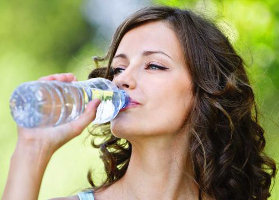 That goes without saying. You can also eat juicy fruits, which have a high water content. Like apples, citrus, and watermelon, to name a few.
That goes without saying. You can also eat juicy fruits, which have a high water content. Like apples, citrus, and watermelon, to name a few.
Need inspiration to eat more fruits? Visit my Pinterest boards to see beautiful photos of fruits and vegetables.
5. Keep Your Skin Hydrated
You also need to hydrate your skin topically. That is done with humectants, ingredients that attract and hold onto water.
The best way to get humectants into your skin is with a hydrating toner. You can read all about it here: How to Hydrate Skin, which goes into great detail about its benefits and what to look for.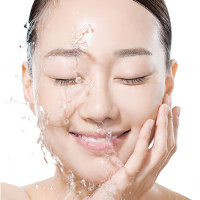
You can also find humectants in moisturizers and masks. It’s not too hard. Most moisturizers now have at least one or two humectants.
If you’re oily, don’t forget – you need hydration too. Even if your skin feels oily, it still needs water. ALL skin loses water through evaporation. So it’s important to get humectants into skin that hold onto water longer.
6. DNA Repair
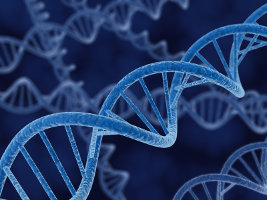 If you are serious about skin care and willing to invest more, use products that can repair DNA damage at night.
If you are serious about skin care and willing to invest more, use products that can repair DNA damage at night.
DNA repair ingredients are sophisticated and found in advanced skin care products – look at professional lines (spa & physician).
SIRT boosters increase DNA repair. Grapes are a good source. They contain Resveratrol, which is a SIRT booster. (More on Grapes, Resveratrol and SIRT Boosters)
I’ll write more about DNA repair ingredients in the future.
Related Posts:
Additional Reading About Aging:
- How to Hydrate Skin
- Humectants
- Antioxidants Overview
- Antioxidant Tips & Rules
- Free Radicals
- The Role of DNA Repair in Aging
- 2 Types of Skin Aging – Intrinsic vs Extrinsic Aging
Photo Credit: I don’t know who the photographer is. Wish I could give proper credit for this haunting photo. Someone talented somewhere..




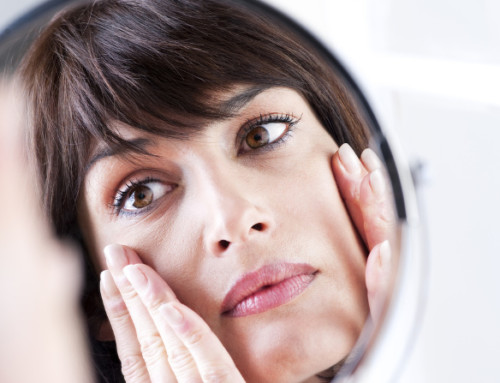
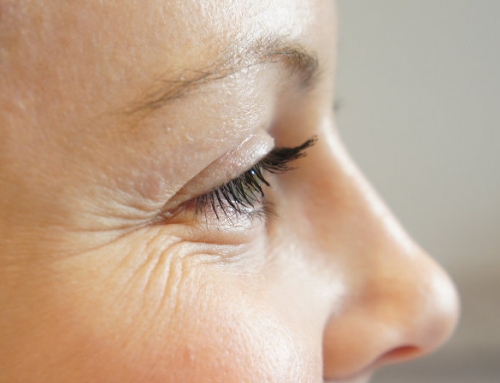
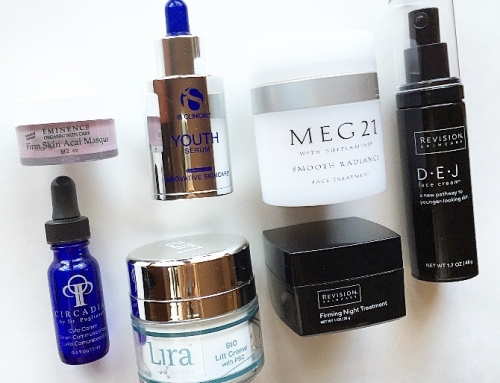
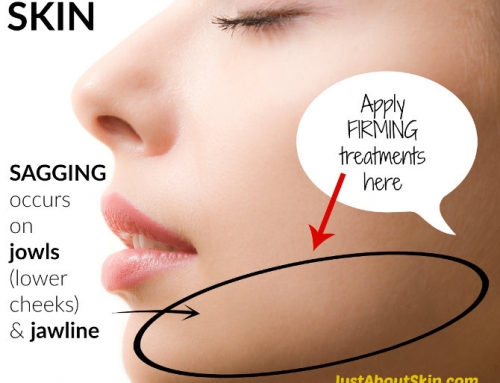
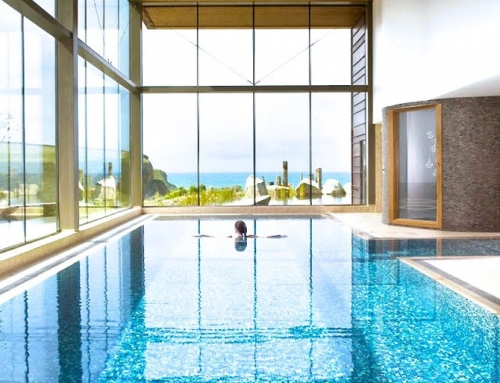


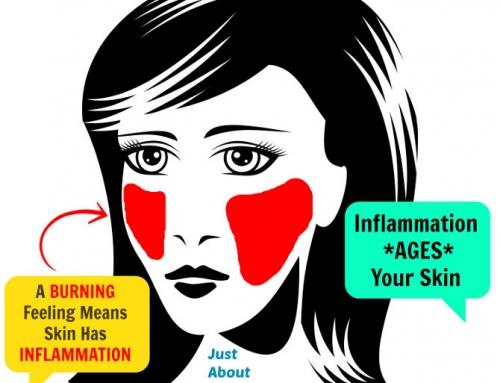
Excellent post. Very detailed and informative! I live in a polluted city… I cringe anytime I am driving behind an old bus… Sadly pollution is rising everywhere nowadays and we (humans) are to blame.